In order to get your music out on streaming services, it's critical to find a music distributor that meets your needs as an artist. Some of the most popular music distribution services include DistroKid and TuneCore, both of which offer direct distribution to platforms like Spotify and Apple Music.
Parsing through the ins and outs of the music distribution game can get downright confusing, which is why we put both of these distribution companies to the test. Below, we'll compare and contrast TuneCore and DistroKid so that you can find the perfect service for your music.
Why Do You Need Music Distribution Services?
Once you've finally gone through the strenuous process of writing, recording, mixing, and mastering a song, it's time to take the final leap and get your music out to the world. This process is done through utilizing a music distribution service. In prior eras, these distribution services were only accessible via a deal with a major label.
Nowadays, anyone can sign up for certain distribution companies like DistroKid or TuneCore to upload their music as an independent artist. These services can help you release unlimited music to platforms like Spotify, Apple Music, Tidal, Amazon Music, and other digital stores. They also help you track, collect, and distribute royalties from these platforms. Some distributors offer additional marketing perks and value added services to DIY artists like album art and asset creation for showcasing your work across social media.
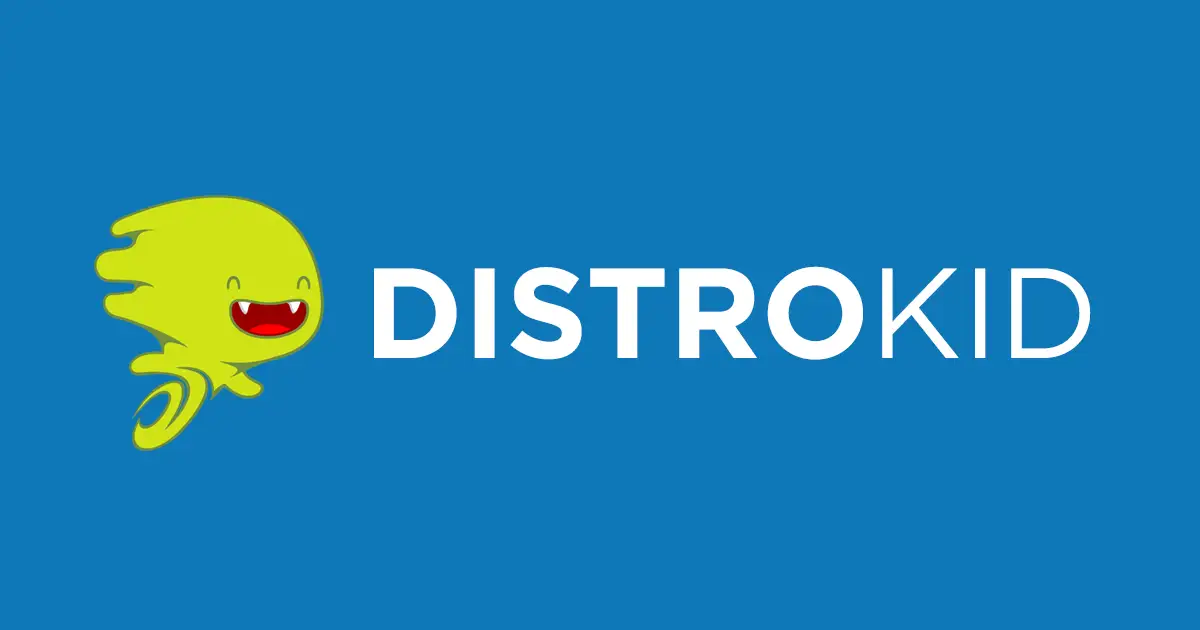
DistroKid and TuneCore: An Overview Comparison of Each Music Distribution Service
We'll explain each service further in our detailed breakdown below, but here are all the bells and whistles upfront to help you make your purchasing decision if you don't have a lot of time to spare:
- Cost: If we're comparing yearly subscription models for both services, DistroKid cost about $23 and TuneCore is also $23. It's worth noting that TuneCore also has a pay by credit system if you don't want to go with the flat annual fee.
- Distribution: Both TuneCore and DistroKid offer unlimited distribution to major streaming services like Spotify, Apple Music, YouTube and Amazon. You can opt in to YouTube content ID collection and identification for an additional fee.
- Royalties and Payouts: Both DistroKid and TuneCore do not take a cut of royalties, providing you with 100% of the profits from streaming services.
- Extras: Each streaming service has additional perks beyond the basic service. For instance, DistroKid offers basic marketing tools for the indie artist or music producer to promote his or her music. TuneCore distribution can lead to the company's sync licensing service - should you meet their somewhat murky qualifications .
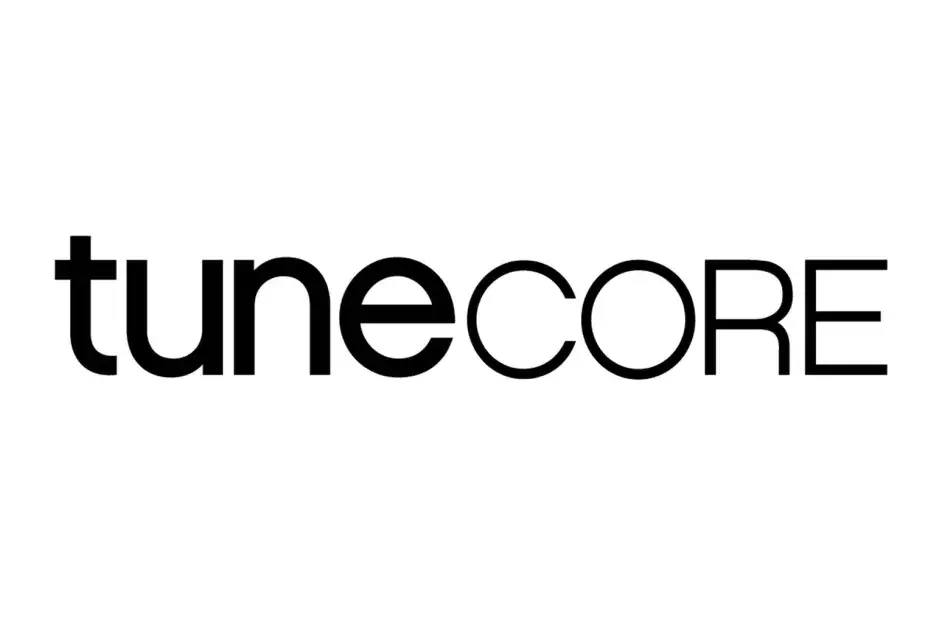
TuneCore Vs DistroKid Compared
For full disclosure, I am a DistroKid user though I aim to make this review as fair as possible. With that in mind, here are the main factors of TuneCore vs DistroKid, head to head for your decisions as an artist:
Cost
The costs of Tunecore vs DistroKid are pretty comparable, with the entry-level paid tier for both platforms set at $23 a year. Both platforms offer multiple tiers for additional services, for instance, releasing music under more than one artist project. Add-ons for services outside of basic distribution like distributing videos or managing YouTube content ID can come at additional cost.
Here are the official breakdowns of the services per the company's website as of summer 2024:
Distrokid Costs:
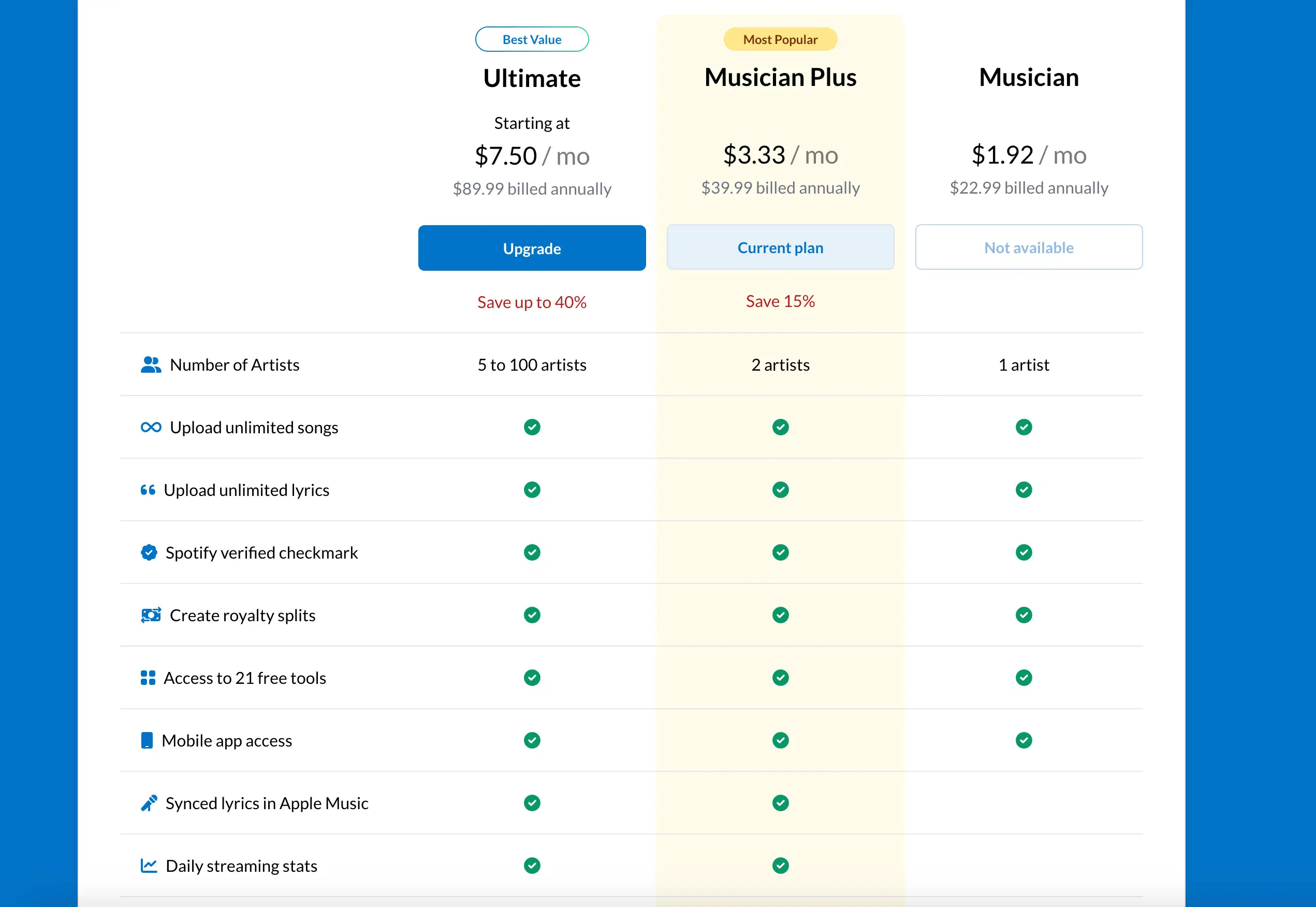
TuneCore Costs:
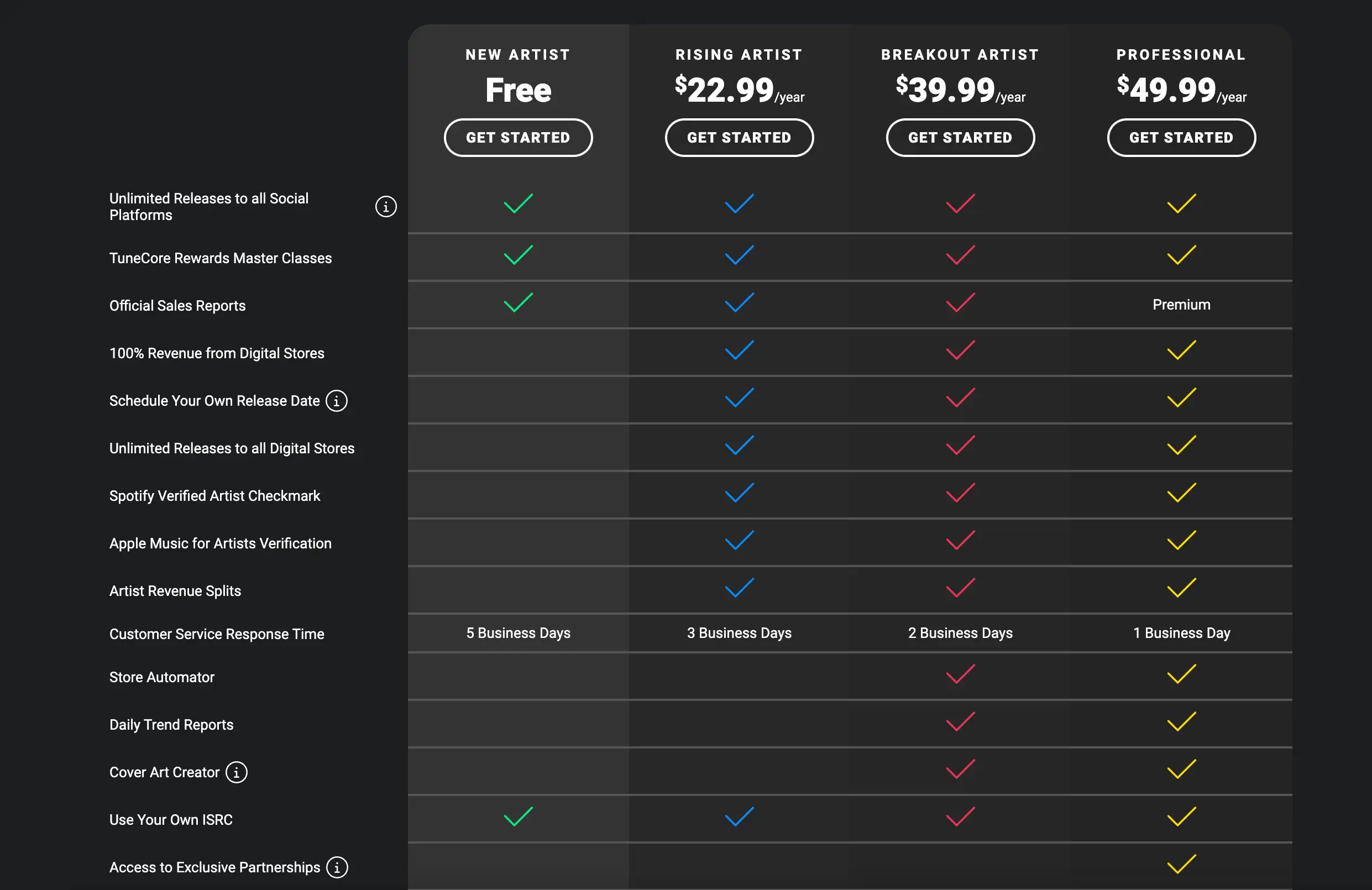
Pay Per Release:
It's worth noting that TuneCore also offers a "pay-per-release" option where you can purchase distribution credits at the following rates. Just note that these credits cannot be used while you have a subscription plan; you have to choose one route or the other:
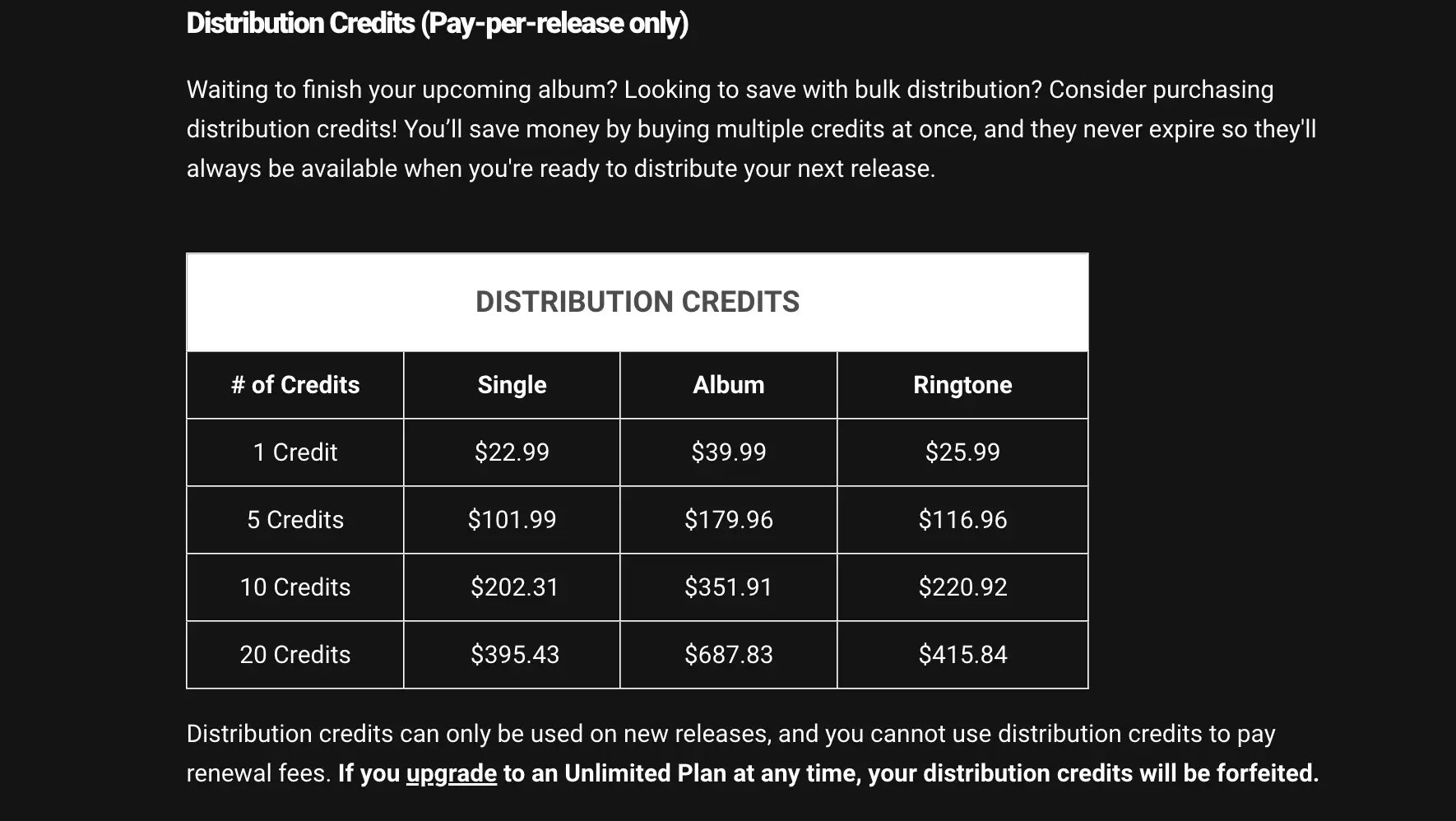
Publishing to Streaming Services
DistroKid and TuneCore deliver directly to 150+ streaming services. They do not take commission with the standard artist plans, only the subscription or credit fee. Note that TuneCore does offer an "Accelerator" plan for select artists on an invite-only basis. For this tier, TuneCore takes 20% of the royalties.
Speed of Distribution Services
Both DistroKid and TuneCore are pretty comparable in terms of delivery speed to streaming platforms. TuneCore takes about a week while DistroKid takes about 5 days. However, note that it's best practice to deliver your art at least 3 weeks in advance to use critical pitching tools like Spotify for Artists.
Artist Payout
DistroKid and TuneCore do not take any royalties, giving you 100% of the payout from streaming platforms. Instead, you pay for an annual subscription fee - you must keep paying for the fee to maintain your music's presence on streaming platforms.
Artist Support and Customer Service Response
DistroKid has a 4.6-star rating on TrustPilot as of summer 2024, while TuneCore holds a 2.6 rating . DistroKid is known for having stronger, more responsive customer support.
Other Perks
Both TuneCore and DistroKid offer limited marketing features with their plans designed to help you share your music. TuneCore offers a cover art generator and DistroKid provides premade templates that you can insert your cover art into with the click of a button. Notably, DistroKid also provides a presave link via their "Hyperfollow" extension.
It's worth mentioning that TuneCore offers a publishing service, allowing you to collect mechanical and sync royalties for a one-time fee of $99. To do the same when distributing through DistroKid, you'd have to sign up for a separate PRO. You can learn more about PROs here.
TuneCore vs DistroKid FAQ
Are you struggling to decide between TuneCore or DistroKid? Use these frequently asked questions and answers to help you land on the ideal publishing service for your needs:
Is DistroKid better or TuneCore?
DistroKid and TuneCore are fairly comparable music distribution services, though one platform's perks may be slightly more catered to your needs. We compare the key factors distinguishing these services above, though both services can get your music on Spotify, Apple Music, Amazon Music and more.
How much does TuneCore pay for 1000 streams?
The amount TuneCore and DistroKid will pay for 1000 streams varies on a range of factors, including streaming services' payouts, genre, and your plan with each of the online stores. You can expect popular streaming services like Spotify to pay out about $4 per 1,000 streams, assuming you have 100% of master recording rights and royalties.
What is the disadvantage of DistroKid?
Music distributed through DistroKid is removed upon account cancellation unless you pay an additional fee for the "Leave a Legacy" option. You have to pay extra for music video distribution services.
What are the disadvantages of TuneCore?
TuneCore has higher upfront costs and takes slightly longer to release music than DistroKid. Anecdotally, some artist have found better customer service response with DistroKid though this is challenging to measure objectively.
What pays more DistroKid or TuneCore?
It is hard to answer this definitively since we don't know the exact relationship DistroKid and TuneCore have with their various distribution platforms. However, both DistroKid and TuneCore do not take a cut of music royalties, unlike some other music distributors.
In short, music distributors like DistroKid and TuneCore more or less operate in the same way. One music distribution company over the other might be slightly better tailored to your individual needs, but both services are successful in helping indie artists deliver their music to platforms like Apple Music and Spotify. Whether you opt for TuneCore or DistroKid, the most important consideration is that you continue to create and release music as an artist. Have fun delivering your art to music platforms!





